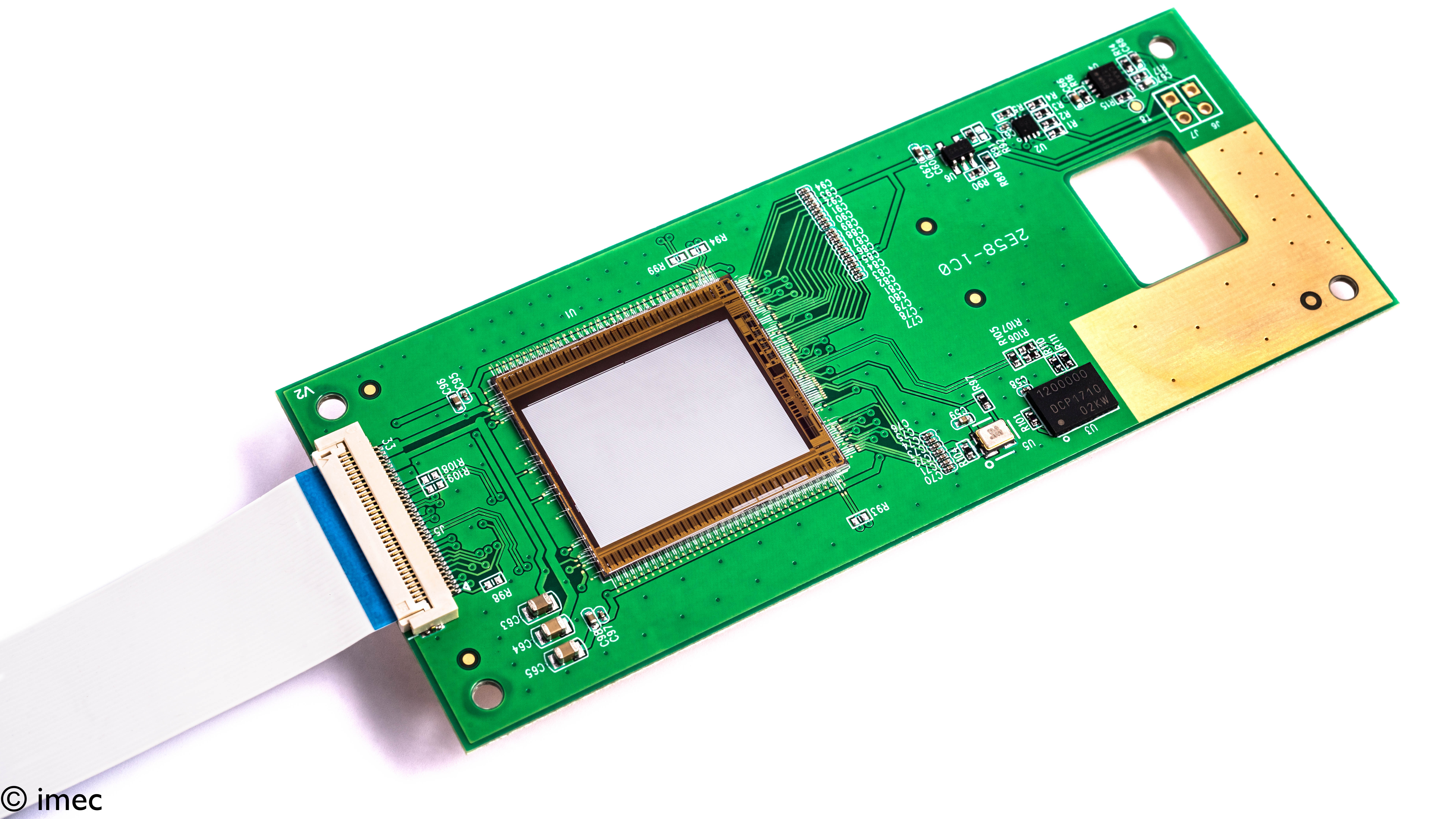Next week, at SPIE BIOS and SPIE Photonics West 2019 in San Francisco, imec, a world-leading research and innovation hub in nanoelectronics and digital technologies, presents an on-chip solution for Raman spectroscopy – based on a newly patented concept – providing high optical throughput and high spectral resolution. The solution could pave the way for affordable high-end handheld Raman spectroscopy device opening up many new applications. Imec invites technology partners and IDMs to further develop the technology into a commercial application.
Raman spectroscopy is a powerful technique, most often used to determine chemical and material composition. Application areas include the medical, food, even space industries. Because of the inherent nature of the technique, existing devices are rather bulky (tabletop) and have a price range of a few hundred thousand dollars/euros. Handheld solutions exist, but for the moment fail to reach the desired performance for high-end applications, largely because of the limited scaling capacity of conventional dispersive Raman spectrometry whereby scattered light is focused on a slit. Scaling while maintaining high spectral resolution (< 1nm) means reducing the size of the slit which immediately limits the optical throughput.
Thanks to a new concept, for which a patent is pending, imec has now been able to overcome this performance barrier. By massive parallelization of waveguide interferometers integrated monolithically on top of a CMOS image sensor, both high optical throughput and high spectral resolution can be reached in a miniaturized device. This novel system is built in imec’s SiN biophotonics platform which guarantees robustness and compatibility with high-volume manufacturing. Part of the work was performed under the EU-funded IoSense program.



















